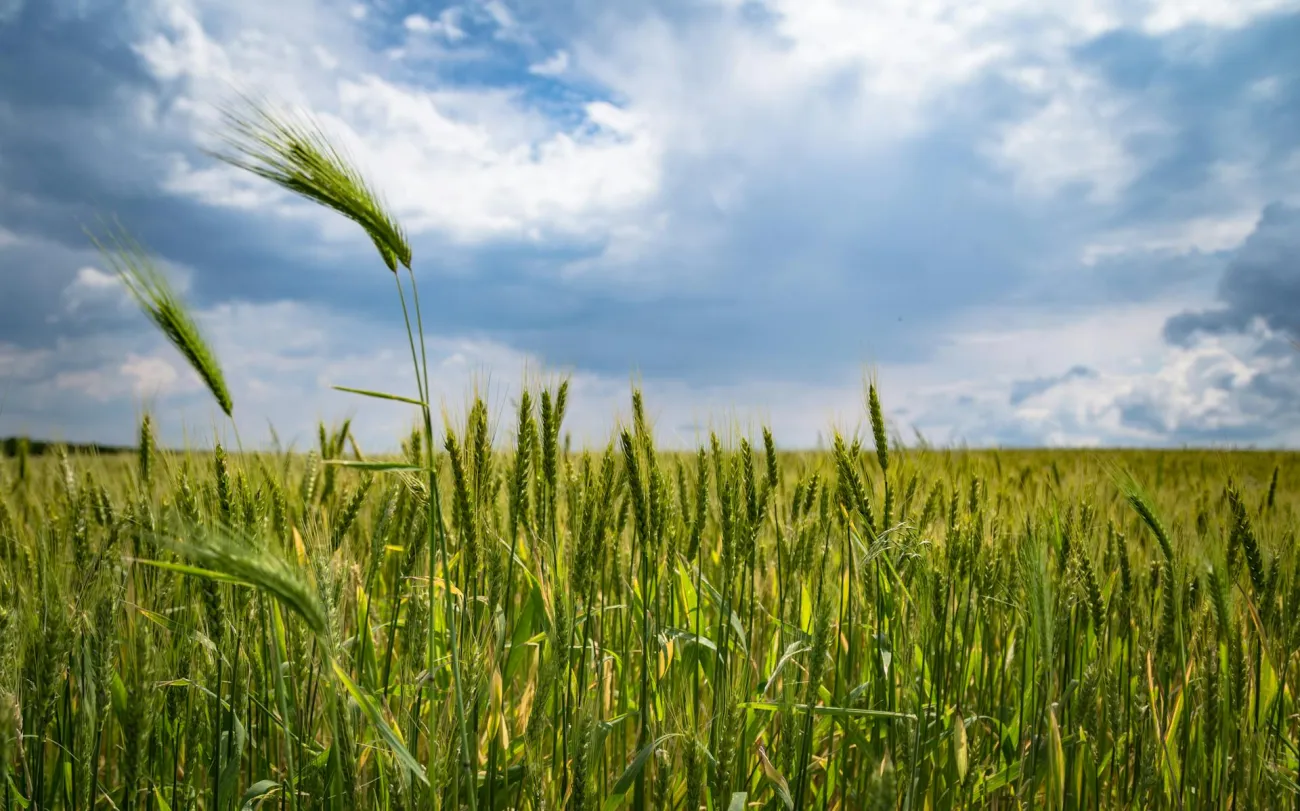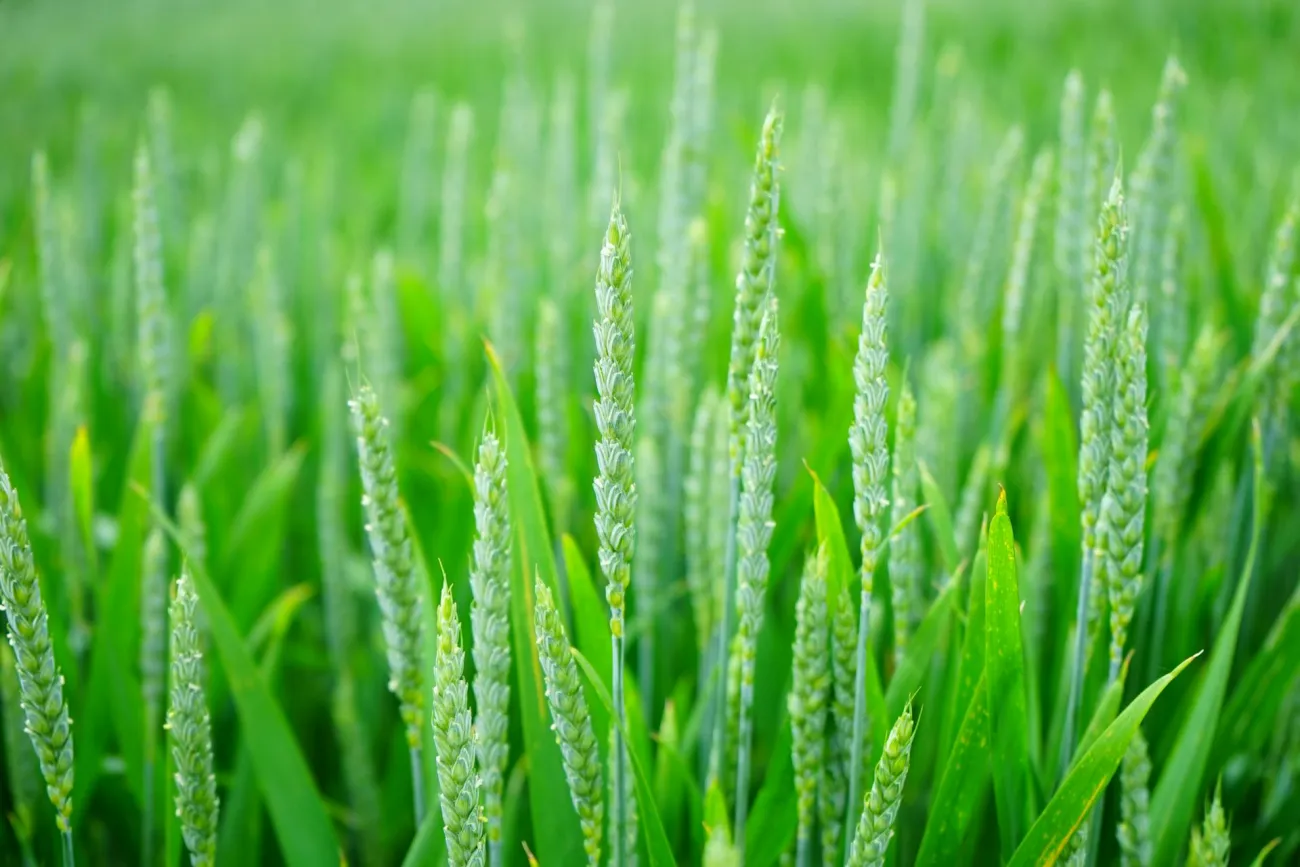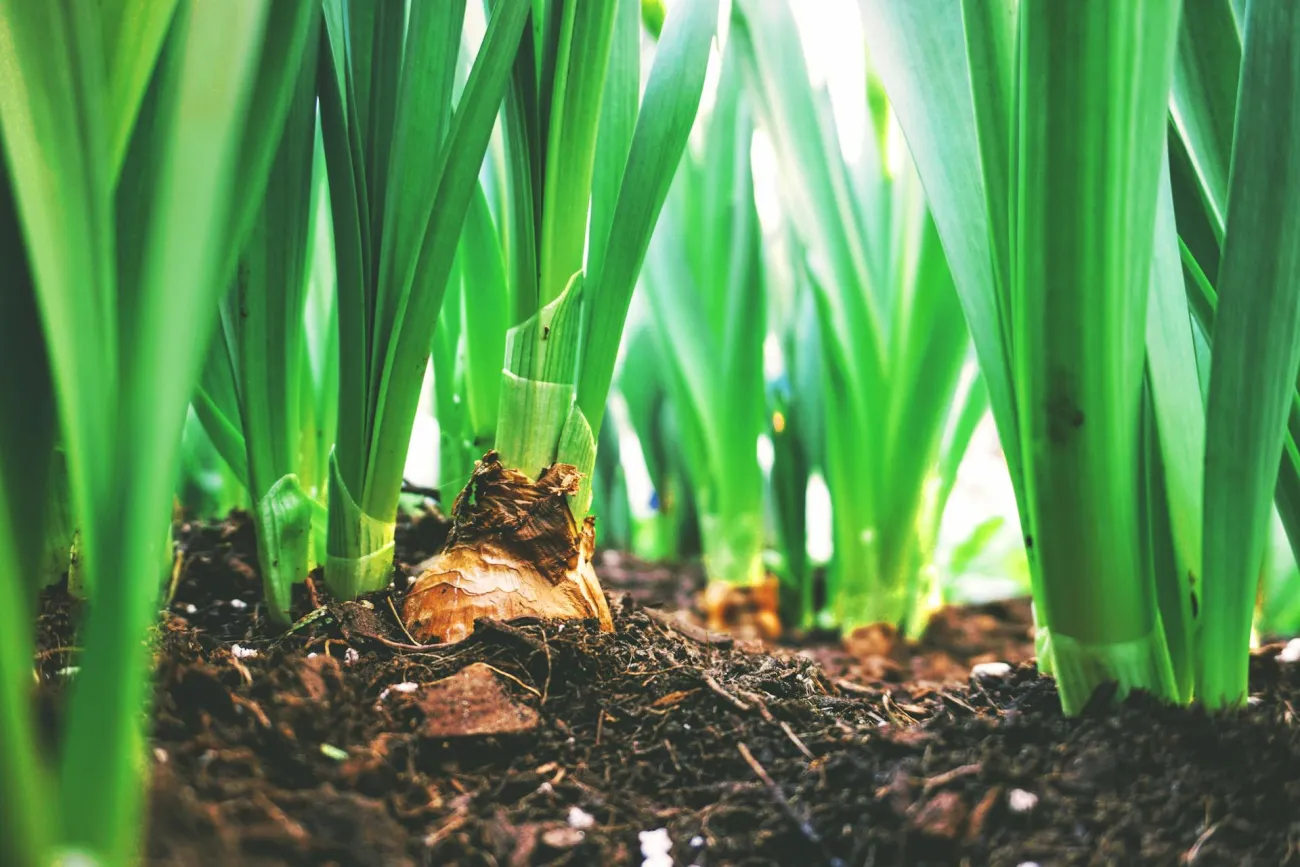This report by the company SLM, which is focused on natural assets such as soil, water, air and all living organisms on the planet explores regenerative agriculture as an investment opportunity. The document provides an updated case for investing in regenerative agriculture. SLM broadly defines regenerative agriculture as a method of producing nutritious food and other products in a manner that improves soil health, climate stability, and ecosystem functionality, while also being economically sustainable for farmers. The report illustrates how investors can support the transition to regenerative agriculture by investing into farmland as part of a real asset strategy involving investment in physical assets such as natural resources whose value is based on physical properties and uses.

Summary
This report explores regenerative agriculture as an investment opportunity. It is written by the investment company SLM, which is focused on natural assets such as soil, water, air and all living organisms on the planet. The document provides an updated case for investing in regenerative agriculture, building upon a white paper from SLM from 2016 and incorporating recent research in the field. SLM broadly defines regenerative agriculture as a method of producing nutritious food and other products in a manner that improves soil health, climate stability, and ecosystem functionality, while also being economically sustainable for farmers. Their definition is outcome-focused rather than practice or principle-based.
The author of the report advocates for a “Regenerative Edge”, meaning returns from higher yields, lower operating costs, higher output prices, environmental payments (e.g., carbon credits), or increased resilience. These returns can be paid out to both farmer and investor. Calculations regarding biodiversity benefits and soil carbon sequestration are more on the optimistic side in this article.
The report illustrates how investors can support the transition to regenerative agriculture by investing into farmland as part of a real asset strategy involving investment in physical assets such as natural resources whose value is based on physical properties and uses. Challenges it identifies are the scarcity of farmers who are practising regenerative agriculture, scale limitations related to the relative fragmentation of the farming sector compared to other investment classes such as real estate, high land prices, and tough farming economics. The author highlights that successful investment strategies require realistic expectations of rates of return, thorough market analysis, and careful selection of farmer partners.
Reference
Investing in Regenerative Agriculture: Reflections from the Past Decade, 2024. SLM White Paper.
Read the full report here and listen to our podcast episode on “The Power of regenerative movements”




Comments (0)